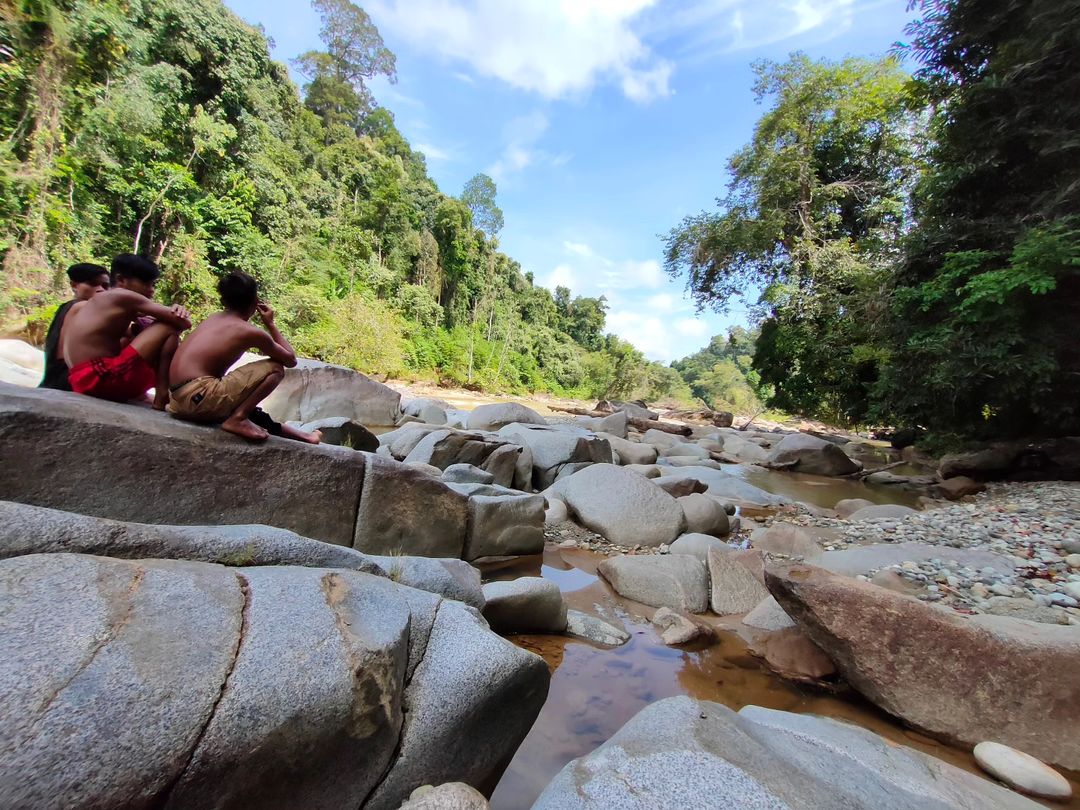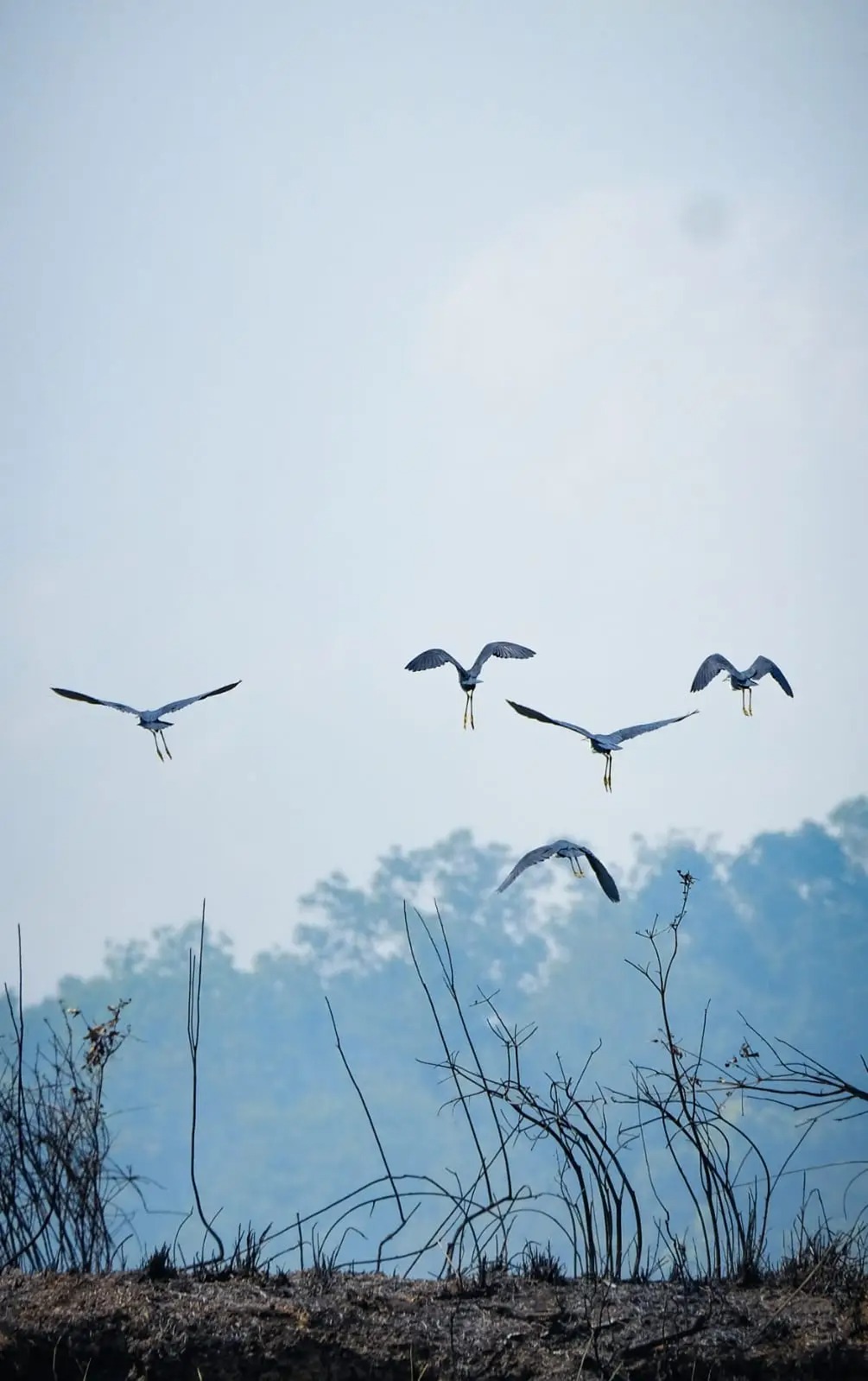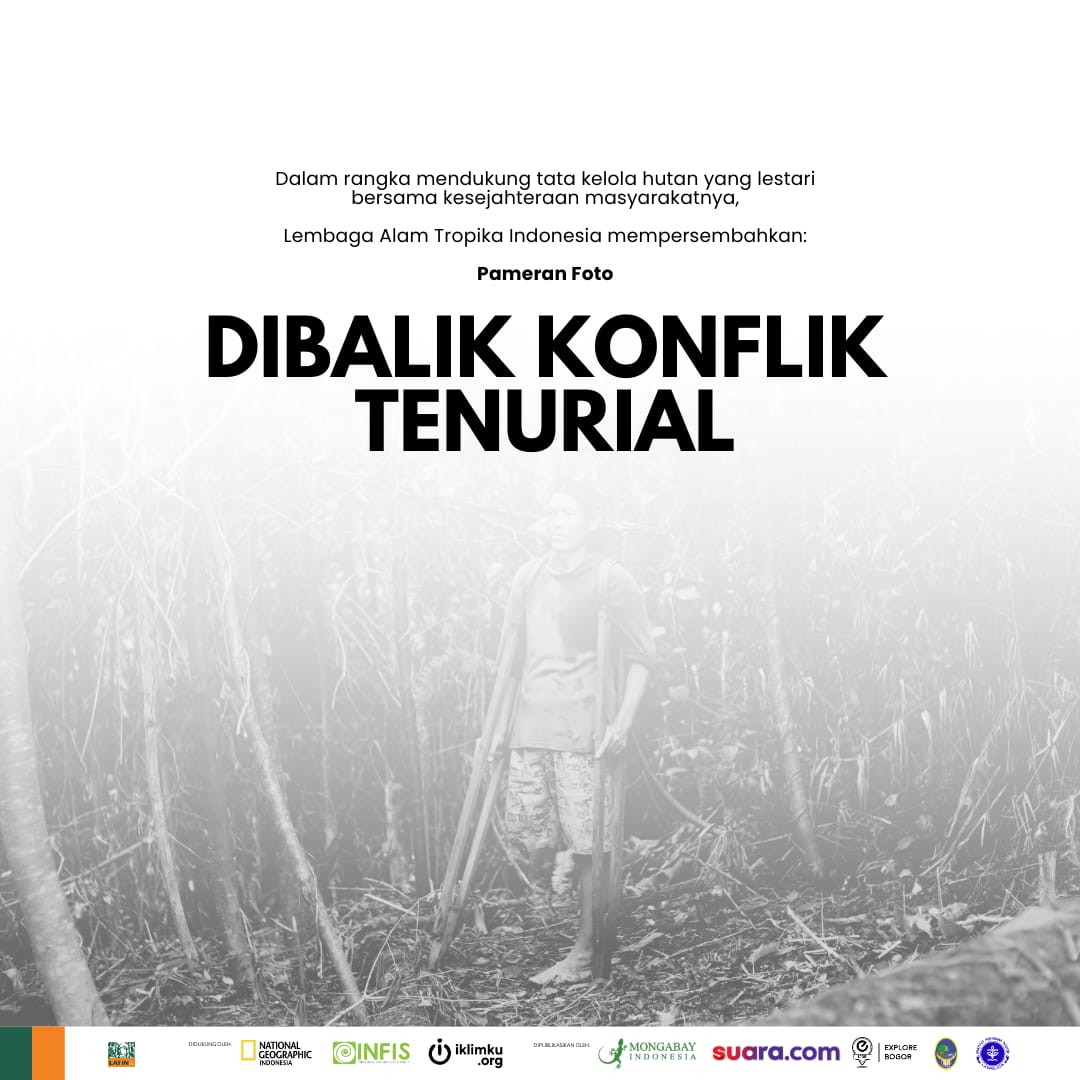Dani said that there are three ways to look at social forestry with a new perspective. The first is from a new mindset. For example, if in forestry the old concept, it could be a good one with lots of trees. In social forestry, it could be good that the trees are rare because they mix with agroforestry plants. Second, look at the process. For the last seven years, according to Dani, the process has been very interesting. There are various dynamic processes related to social forestry. There are Latinos whose recognition is through certification, there are also those whose recognition is through rights based, there are those whose approach is collaborative management, there are also those whose approach is through the market, there are those who are through technology, and many more. Anyone can contribute to building a creative process to be able to create social forestry in accordance with the social mission of forestry. The big mission is how people can prosper, forests are maintained, and this nation can be sustainable. Third, as was done by our friends in Latin, namely expeditions to locations. Through it, we can see the artifacts from social forestry. Something that can be seen or touched. “The question is, if they can't see it to their eyes, maybe it's in the process, if the process isn't there, maybe it's in their head. Seeing that social forestry can be leveled like that."
"If there is no conversation in the public sphere, then social forestry may not exist either." It is called Tri horizon or three horizons as ways to communicate social forestry according to Dani. The first horizon, the current horizon that is happening today, groups of practitioners, there are policies, officials, programs, donor agencies, the private sector, and so on. Without us having to do anything, something is happening, what's lacking is how to communicate it to the public about what's happening right now. People who have already done social forestry are given space to talk. Voicing fringe voices into mainstream. Second, strengthening the group of dreamers, visionary groups who talk about the future. Social forestry needs something beyond today. There will be tension between dreamers' groups and practitioners' groups. Where's the creativity? On the third horizon, that is, the people who answer groups of practitioners and dreamers. That's where the innovators come together. The innovator group needs a way of thinking that is different from the one and two before, because they are looking for opportunities to be able to answer the problem.
Dani explained that when there is a mindset that says the situation is fine, then all that remains is to work. If all that remains is to work, then what is produced is rules or SOPs. If the mindset is like that, then what is being done is improvement, if what is being done is improvement, the changes are implemented, and that is what is faced by the Ministry of Environment and Forestry. "How to overcome, for example, budget constraints but the target is big, right? This requires a new way of thinking, a new way of working. That's what the innovators think. If the way of thinking is good, the spirit wants to control that the existing system can work properly. I tend to think that the situation is not good. Chaos. This intervention is not possible. If the chaotic situation continues, they will become chemos, or die. So if social forestry is in chaos there, for example Jokowi steps down, it might not be a priority program anymore. When we see that the system is chaotic, this is where we need innovators.” Dani said in the talk this time.
The energy of the youth was enormous. They can become forestry social changemakers. But sometimes these young people are pessimistic after finding their calling. Dani explained that there are 5S in becoming a changemaker, namely taste, achieve, design, plan, and embrace. Sense is what is felt when you see the problems around you, what anxiety you feel. Second, reach, the question is what do you want to be, who do you want to help, what do you want to do. If you already have a dream or passion, the third is to design it, one of which is design thinking. This third part discusses the details of dreams. The next stage is planning, planning what has been planned. Plan is looking for what new steps to take, looking for a different first action, one that awakens, one that calls. The last thing that is often forgotten is caring for and embracing. Inviting people, especially related parties, Changemakers are open to collaboration. If you want to have a big impact, collaborate.
The weakness of social forestry is that if it becomes a program for a project, the activities will become very technical activities. Whereas social forestry activities are cultural activities. Culture is glue. “I once made an initiative with TNC friends in Berau, there is one more R, which is to celebrate. Celebrate it cultural activities. When we succeed in carrying out social forestry activities, we celebrate a theater, dance, eat, a thanksgiving. The weakness of social forestry is that there is no celebration. Starting from receiving it, we only give letters, right? But there's no celebration."
"If we want to join one organization, there is an essence that convinces you that you are a great person, for example the state gives you power to protect and prosper the people, so the recipient of this social forestry is a hero. Now what I see, those who accept social forestry are just an acknowledgment that you are poor. It's sad. The mindset has to change. PS recipients are heroes, that's why there had to be a celebration earlier, in social forestry it doesn't exist." Social forestry failed to be converted into cultural language when people did not understand what social forestry was, but only knew they had received a letter from the government. Culture is for bonding, so that knowledge about forests and society sticks in heads from generation to generation. (IK)





